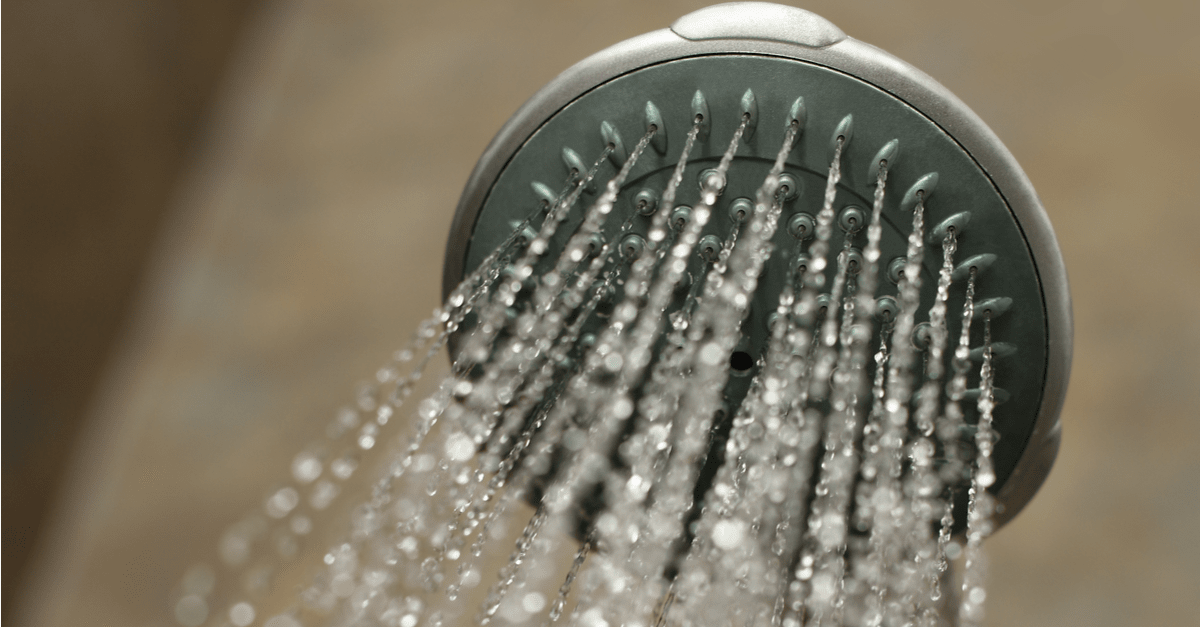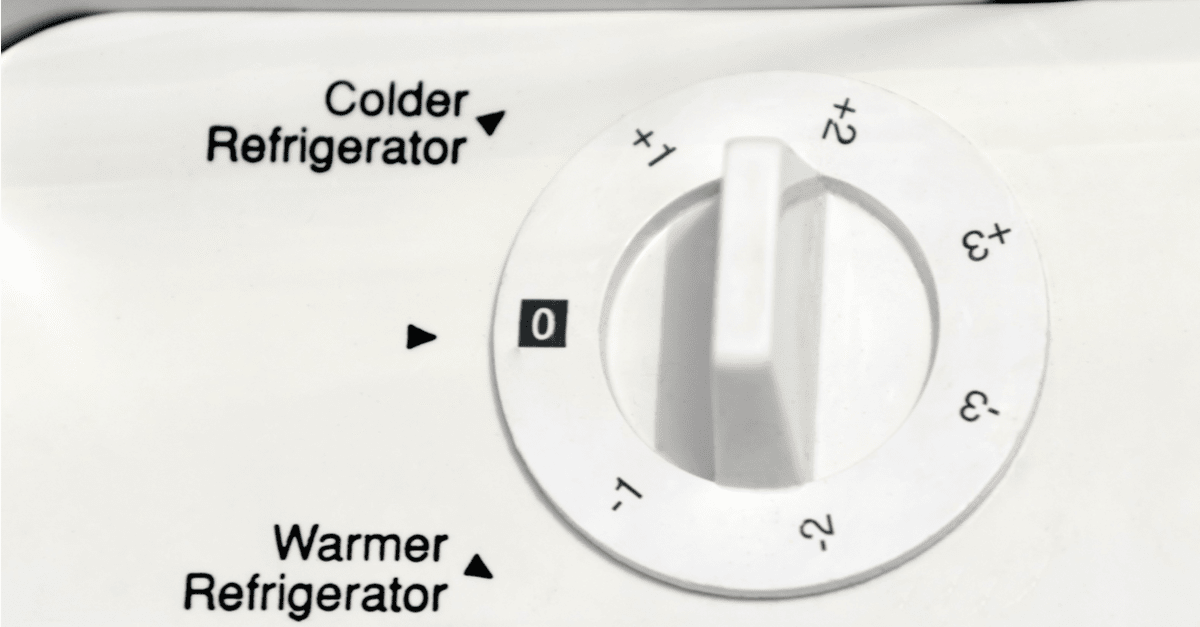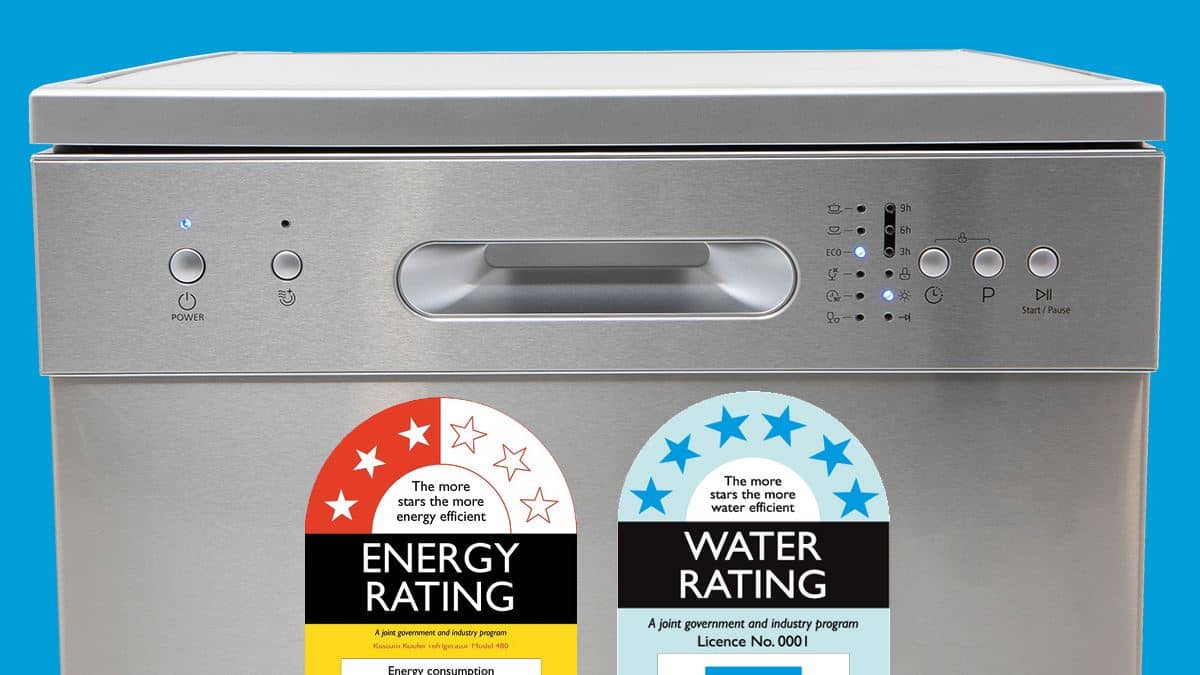Don't be surprised by your next energy bill.
This guide identifies the big energy users in your home and provides some tips for taming your energy bill.

Heating and cooling
Heating and cooling is typically one of the largest energy users in the home, particularly in cold climates where your space heater works overtime.
To reduce your heating and cooling costs, try this layered approach:
- shade sun-facing windows in the summer using eaves, external blinds and/or moveable awnings
- seal air leaks in the building such as gaps under doors, windows, vents and chimneys
- install insulation in your ceiling and/or walls
- wear climate-appropriate clothing such as a warm sweater in winter and cool breathable clothing in summer
- tune your thermostat temperature to match your new heating and cooling needs
The type of heating and cooling system you are using also makes a big difference. Electric plug-in heaters are cheap to buy but very expensive to run so should only be used sparingly. A reverse cycle air conditioner is a more economical choice for heating, while electric fans are generally the most economical option for cooling.

Water heating
Water heating is another big energy user in the home, particularly in milder climates where space heating is less of a driver.
Most of your hot water is likely consumed by your shower and you can cut your shower hot water use by as much as 75% by installing an efficient showerhead and reducing your shower length. The next biggest hot water use is likely your washing machine, which can be entirely avoided by switching detergents and washing clothes in cold water.
The type of water heater you're using also makes a big difference. While standard electric and gas storage hot water systems are a little cheaper upfront, we generally recommend installing a heat pump water heater. These water heaters use the same technology used in modern fridges and air conditioners and use a fraction of the energy of conventional electric or gas water heaters.

Lighting
Whereas lighting previously used a significant share of the home energy bill, modern technologies such as compact fluorescent lights (CFLs) and light emitting diodes (LEDs) have slashed the energy required to light a home by more than half.
We generally recommend replacing any existing incandescent light or halogen light bulbs with CFLs or LEDs immediately, as the energy savings will easily pay for the slightly higher upfront costs.

Fridges
While fridges and freezers traditionally used a large share of your energy use, recent technology improvements have reduced the energy used by modern fridges by over 50%.
As such we generally recommend replacing old fridges with a new efficient model, as the reduced operating costs will typically pay back the replacement costs in less than 3 years. We also recommend switching off or removing any unused secondary fridges as these can use a surprising amount of power. If you use the fridge occasionally (e.g. as a drinks fridge for parties) it's much better to switch the fridge off when not in use. You can also reduce the energy usage of your fridge by doing a quick fridge tune up such as checking the seals and temperature settings.

Electronic appliances
Electronic appliances such as televisions, laptops, tablets and mobile phones are more popular than ever before, leading to growing concerns of their energy use. However many of these electronic appliances have also benefited from technology improvements such as low power processors and LED screens that have slashed their power consumption. As a result, the typical home still uses a relatively modest share of their power usage on electronic appliances. The exception to this trend is televisions, where the appetite for larger screens has offset the technology efficiency improvements.
One simple way to reduce your electronic energy usage is by installing power strips and switches that cut the standby use of your electronic appliances when they aren't in use. We also recommend buying energy star appliances when replacing your old electronic appliances to ensure you aren't buying a power hog.

Pools and spas
If you have a pool or spa installed there is a good chance that it is using a big share of your energy bill. Most pools and spas have inefficient pumps that draw far more power than necessary.
By installing a pool pump controller or a new variable speed pool pump you can slash the energy usage of your pool by over 50%. We also recommend doing a pool and spa tune up to ensure your pump is operating only when required and preferably at off peak times.

Next steps
If this is all overwhelming then don't worry; we've prepared an app to help you analyse and reduce your energy bills. You begin by answering a targeted set of questions about your home such as what sort of appliances you have installed and how you use them. We then provide a personalised benchmark and breakdown of your energy bills. We then help you reduce your energy bills by providing a tailored plan and ongoing support to help you get your energy bills under control. The service is free and only takes around 15-20 minutes.
What's the catch?
We are able to offer the service for free thanks to small commissions paid by our suppliers when you engage them using this service. Our suppliers are independently assessed based on value, quality and customer service and our suppliers guarantee that they will provide a similar or lower price through this platform than their general customers. You are under no obligation to engage our suppliers and your details won't be forwarded to suppliers without your express permission. We treat your details as private and take it very seriously, for further details see our privacy policy